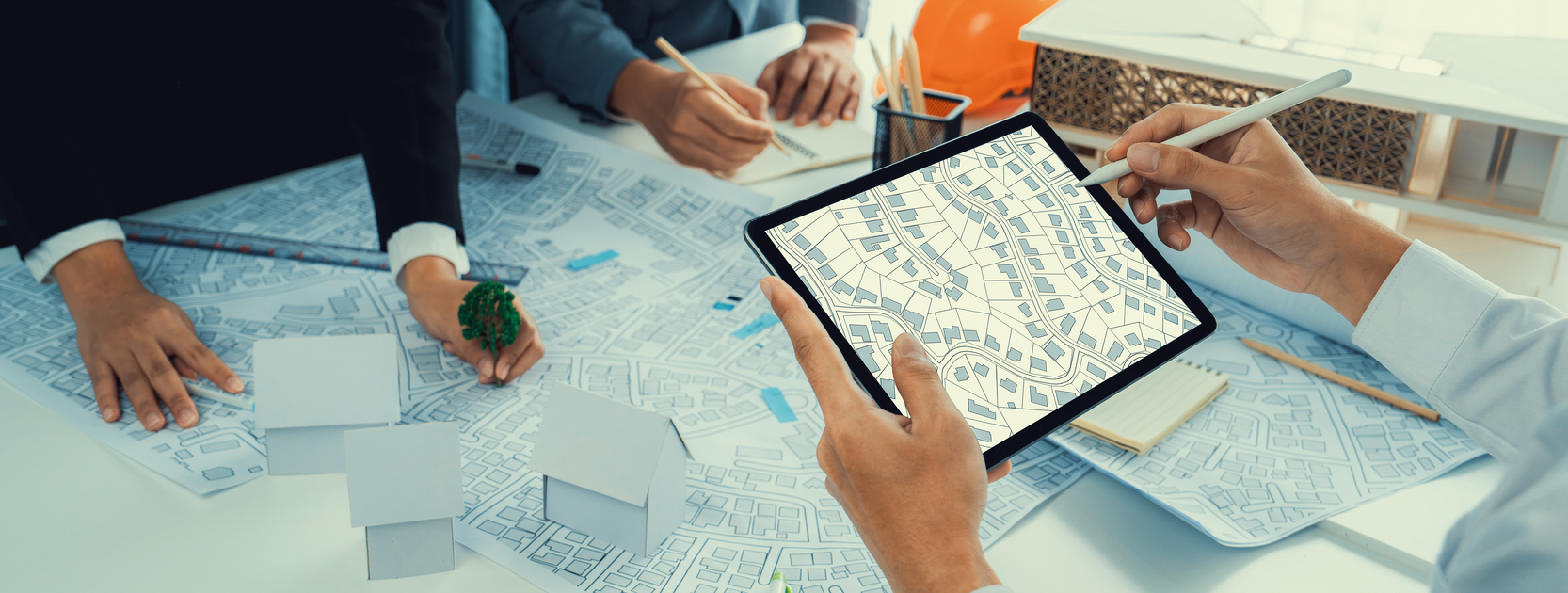Walk through any modern city and you’ll notice something: the buildings themselves feel different. They’re not just concrete and glass anymore. More and more, they act like living systems that adjust to the people inside. This change hasn’t come out of nowhere. It’s the result of smart building platforms—tools that connect heating, cooling, lighting, and even safety into one responsive network.
One of the strongest payoffs is building energy optimization. By using live data, buildings can cut wasted energy while keeping rooms more comfortable. But energy savings are only part of the story. These platforms touch almost every part of city life, from how safe people feel in their apartments to how much stress managers deal with behind the scenes.
Let’s break down ten real-world benefits.
-
Energy Bills That Actually Shrink
Ask anyone running a big building, and they’ll tell you energy costs are brutal. Smart systems keep an eye on consumption around the clock. If a floor is empty, the lights and air don’t keep blasting pointlessly. Over weeks and months, this kind of fine-tuning turns into serious savings.
-
Spaces That Feel Just Right
We’ve all been in offices where one corner feels like a freezer and the other like a sauna. With smart controls, the building itself smooths those extremes. It learns patterns—maybe cooler in meeting rooms, warmer in common areas—and adjusts automatically. People stop fiddling with thermostats, and the overall mood improves.
-
Fixing Things Before They Break
Elevators, boilers, air-conditioning units—when they go down, chaos follows. Sensors can spot warning signs early: a part running hotter than it should, a motor vibrating strangely. That heads-up lets maintenance crews act before the full breakdown hits. For tenants, it feels like everything “just works.”
-
Cheaper Day-to-Day Operations
Keeping a high-rise or shopping complex running isn’t cheap. Utilities, repairs, staff hours—it adds up. Smart platforms shave costs in multiple places: less wasted power, fewer emergency fixes, and smoother scheduling for staff. Over time, the difference is big enough to change the balance sheet.
-
Real Insights, Not Guesswork
For decades, building managers worked with partial information. They’d know the monthly power bill, but not which floor or room drove it up. Smart systems change that. Dashboards show usage in detail: where energy spikes, which rooms sit empty, which equipment is under strain. Decisions stop being guesswork—they’re based on actual patterns.
-
A Step Toward Greener Cities
Every city now has climate targets. Smart buildings help hit them. They burn less energy, waste less water, and integrate more easily with renewable power sources. When many buildings do this at once, the effect scales. Whole districts can shrink their carbon footprint without tenants giving up comfort.
-
Flexibility for Whatever Comes Next
Urban spaces don’t stay the same forever. A building used for offices today might become co-working or even housing tomorrow. Smart platforms make that switch easier. Heating schedules, lighting setups, and access rules can all be reprogrammed with software instead of costly renovations. Flexibility is the new form of resilience.
-
Healthier Air and Light
People often overlook this, but indoor air and lighting shape how we feel. Poor ventilation makes you sluggish. Harsh lights give you headaches. Smart systems monitor air quality, scrub out pollutants, and balance humidity. Lighting can be tuned to mimic daylight, helping people stay alert during the day and wind down at night. In packed cities, this kind of invisible support matters.
-
Safety That Feels Seamless
Safety isn’t just about locked doors anymore. It’s about the whole system: cameras, alarms, access codes, even fire protocols. When all of it’s tied together, responses are quicker and smoother. If there’s an incident, alerts go out instantly and evacuation routes light up. For tenants, it feels reassuring rather than restrictive.
-
Buildings People Actually Want
At the end of the day, people notice. They may not understand the software or sensors behind it, but they feel the difference. Lower bills, smoother comfort, healthier air—it adds up. For developers, this means higher occupancy rates. For investors, it means properties that hold value better. Smart buildings aren’t just modern; they’re desirable.
More Than Just One Building
The real vision goes beyond a single high-rise. Imagine a neighborhood where dozens of smart buildings “talk” to the city grid, smoothing out peaks in demand or sharing surplus solar power. Instead of isolated upgrades, you get networks of efficient buildings working together. That’s when urban life starts to feel more resilient and less wasteful.
The Challenges Still Around
Of course, none of this is magic. Older buildings can be tough to retrofit. Installation costs can be high. Tenants often worry about data privacy, and managers need training to handle new tools. But as technology gets cheaper and city governments push for greener infrastructure, the obstacles look smaller compared to the long-term gains.
What’s Next?
We’re still early in this journey. Today, smart buildings react to what’s happening—empty rooms, changing weather, tenant preferences. Soon they’ll predict what’s coming. A system might cool apartments ahead of a heatwave or dim lights in sync with a resident’s calendar. Eventually, buildings could link up with health apps or transit systems, shaping life in ways we haven’t fully imagined.
Wrapping Up
Smart building platforms are becoming the quiet backbone of urban development. They help owners cut costs, tenants feel more at ease, and cities move closer to their climate promises. It’s not just about tall towers looking sleek on the skyline. It’s about buildings that work smarter, not harder.
If you want to see how this shift is unfolding in practice, take a look at CIM.IO. The city of the future isn’t only bigger—it’s more thoughtful, responsive, and human-centered.














